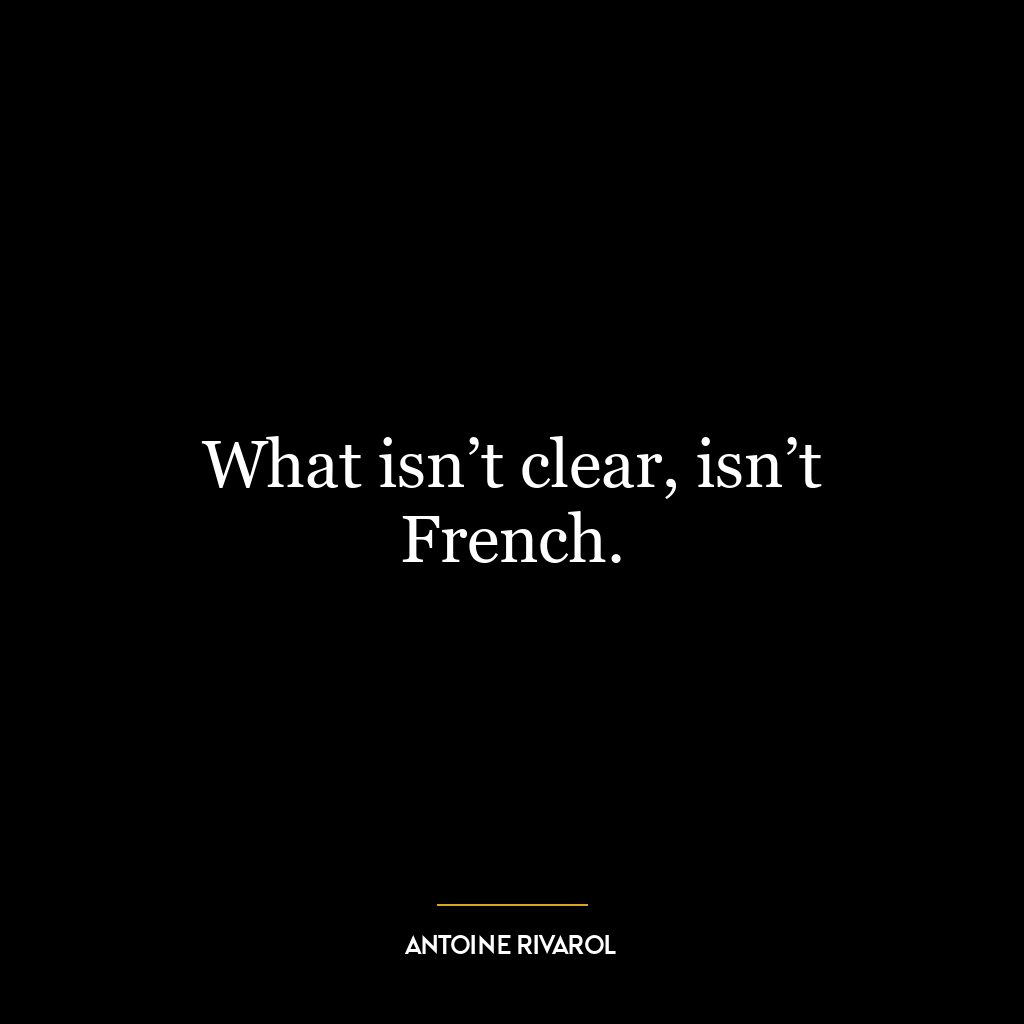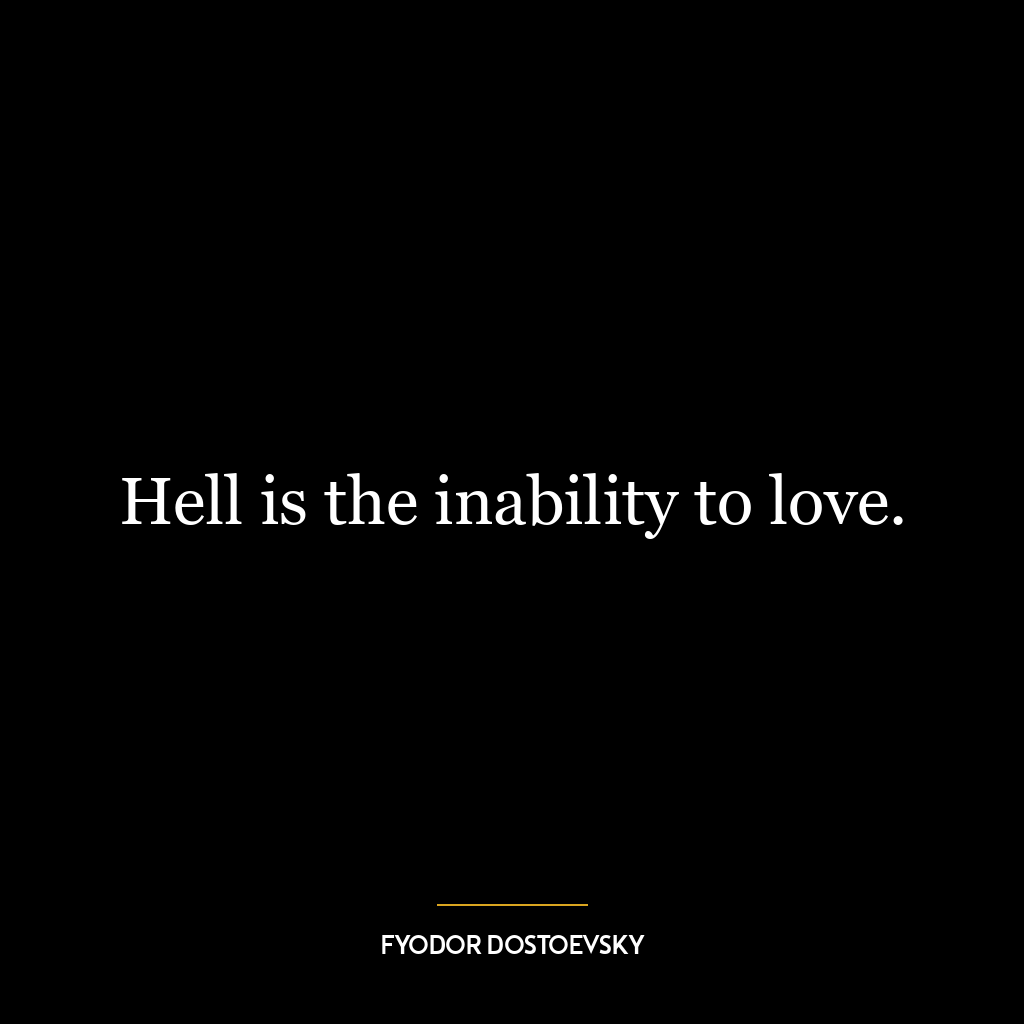Bernard Rudofsky Quotes
- Writer
- Austria
- 1905 - 1988
Bernard Rudofsky was an Austrian-American architect, designer, and cultural critic known for his unconventional and thought-provoking ideas about architecture and design. He was born in 1905 in Austria and studied architecture in Vienna before moving to New York City in 1938. Rudofsky’s work w…Read More
Bernard Rudofsky was an Austrian-American architect, designer, and cultural critic known for his unconventional and thought-provoking ideas about architecture and design. He was born in 1905 in Austria and studied architecture in Vienna before moving to New York City in 1938. Rudofsky’s work was heavily influenced by his travels and studies of different cultures, particularly in Asia and Africa.One of Rudofsky’s most notable works is his book “Architecture Without Architects: A Short Introduction to Non-Pedigreed Architecture,” published in 1964. In this book, he challenged the traditional Western view of architecture and argued for the value and beauty of “non-pedigreed” or vernacular architecture found in different cultures around the world.Rudofsky also curated several influential exhibitions, including “Are Clothes Modern?” at the Museum of Modern Art in 1944, which explored the relationship between clothing and culture. He also designed the Austrian Pavilion at the 1958 Brussels World’s Fair, which showcased traditional Austrian architecture and design.Throughout his career, Rudofsky continued to challenge conventional ideas about architecture and design, advocating for a more human-centered and culturally sensitive approach. He passed away in 1988, leaving behind a legacy of innovative and thought-provoking ideas that continue to influence the fields of architecture and design.Read Less
Bernard Rudofsky was an Austrian-American architect, designer, and cultural critic known for his unconventional and thought-provoking ideas about architecture and design. He was born in 1905 in Austria and studied architecture in Vienna before moving to New York City in 1938. Rudofsky’s work was heavily influenced by his travels and studies of different cultures, particularly in Asia and Africa.One of Rudofsky’s most notable works is his book “Architecture Without Architects: A Short Introduction to Non-Pedigreed Architecture,” published in 1964. In this book, he challenged the traditional Western view of architecture and argued for the value and beauty of “non-pedigreed” or vernacular architecture found in different cultures around the world.Rudofsky also curated several influential exhibitions, including “Are Clothes Modern?” at the Museum of Modern Art in 1944, which explored the relationship between clothing and culture. He also designed the Austrian Pavilion at the 1958 Brussels World’s Fair, which showcased traditional Austrian architecture and design.Throughout his career, Rudofsky continued to challenge conventional ideas about architecture and design, advocating for a more human-centered and culturally sensitive approach. He passed away in 1988, leaving behind a legacy of innovative and thought-provoking ideas that continue to influence the fields of architecture and design.
Bernard Rudofsky Career Highlights
- Rudofsky studied architecture at the Technical University in Vienna and later worked as an architect in Italy, Germany, and Switzerland.
- In 1938, he immigrated to the United States and settled in New York City, where he worked as a freelance designer and architect.
- In 1944, Rudofsky curated the exhibition “Are Clothes Modern?” at the Museum of Modern Art in New York, which explored the relationship between clothing and modern society.
- In 1956, he curated the exhibition “Architecture without Architects” at the Museum of Modern Art, which showcased the beauty and functionality of traditional, non-Western architecture.
- Rudofsky also taught at various universities, including Yale University, the University of California, and the University of Hawaii.
- In 1964, he published his influential book “Architecture Without Architects: A Short Introduction to Non-Pedigreed Architecture,” which further explored the themes of his exhibition and challenged the Western-centric view of architecture.
- Throughout his career, Rudofsky designed numerous buildings, including private residences, commercial buildings, and public spaces, in the United States, Europe, and Asia.
Key Contributions by Bernard Rudofsky
- Rudofsky’s work challenged the traditional notions of architecture and design, advocating for a more human-centered and culturally sensitive approach.
- He believed that architecture should serve the needs and desires of people, rather than imposing a specific style or ideology.
- Rudofsky’s exhibitions and writings brought attention to non-Western and vernacular architecture, highlighting their functional and aesthetic qualities.
- He also explored the relationship between clothing and culture, arguing that fashion should be practical and comfortable rather than dictated by trends and social norms.
What Sets Bernard Rudofsky Apart
- Rudofsky’s interdisciplinary approach to architecture and design, incorporating elements of anthropology, sociology, and cultural criticism, set him apart from his contemporaries.
- He was a vocal critic of modern architecture and its focus on form over function, advocating for a more holistic and humanistic approach.
- Rudofsky’s work was ahead of its time, as many of his ideas and theories are still relevant and influential in contemporary architecture and design.
Takeaways
- Bernard Rudofsky’s career highlights the importance of considering cultural and social factors in architecture and design.
- His work challenges the Western-centric view of architecture and promotes a more inclusive and human-centered approach.
- Rudofsky’s legacy continues to inspire architects and designers to think critically about the impact of their work on society and culture.






